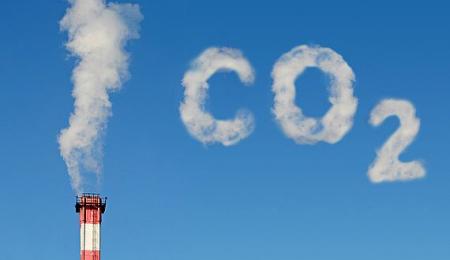September 10, 2014 – With 125 heads of state showing up for the UN sponsored climate summit on September 23rd in New York City, we may find consensus on mitigation strategies for addressing global warming. Now normally I don’t use the term global warming because it suggests that climate change is only about rising temperatures. Well it’s not! And the leaders that gather in New York need to be addressing all that climate change infers – freshwater scarcity, extreme weather events, hardening of infrastructure, food security, biodiversity, deforestation, desertification, disease migration, ocean acidification, and carbon reduction.
But those 125 leaders will also be joined by organizations with strong social media backing such as Avaaz.org and 350.org who plan to sponsor marches and demonstrations as a way of making a point with the leaders. And even businesses are getting into the act with a green coalition, We Mean Business, representing for profit and not-for-profit organizations.
Absent from the discussion – China and India’s heads of state, the former country the world’s leading GHG producer, the latter, the third largest carbon emitter. The countries will be represented at these talks so it’s not like they are not coming to the table. And China despite its smog-riddled cities and coal-fired power plants is making a concerted effort to address its recent carbon addiction as it has gone through its Great Awakening.
High on the leaders’ agenda is putting a price on carbon. And none too soon. In the latest Greenhouse Gas Bulletin, CO2 levels increased in 2013 at the fastest rate in the last 30 years. Average CO2 levels globally reached 396 parts per million. But wait a minute, didn’t I write a posting back in May 2012 showing CO2 levels in the Arctic had reached 400 parts per million? And in that same piece I indicated that the Mauna Loa Observatory had recorded a rise in CO2 from 393.28 to 396.18 between 2011 and 2012. So why then is the Bulletin talking about the fastest rise ever in 2013?
What most people don’t understand is that CO2 levels do vary across the planet but the variation is within a pretty tight range, a mere one or two points per million usually. And there is an annual cycling of CO2 in the atmosphere as the planet inhales and exhales. That cycling can vary by as much as four points or more per million.
In the summer the Northern Hemisphere absorbs CO2 with all the trees and plants sucking it up. In the winter with plants in hibernation the CO2 is exhaled as decomposition yields carbon to the atmosphere. Those 400 peaks in 2012 occurred in the Arctic winter that year.












